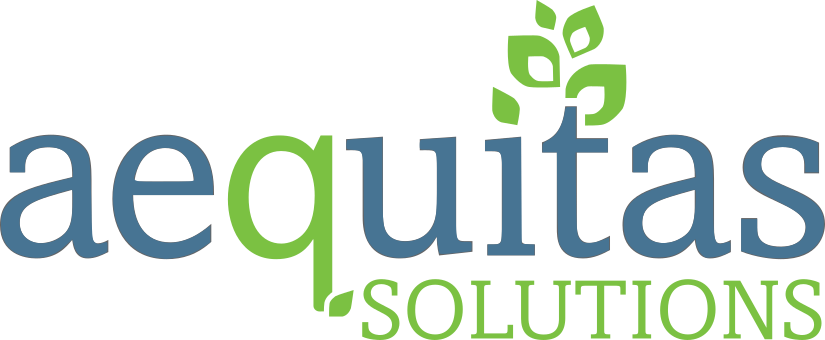For school districts across California, meeting CALPADS requirements is not just a task—it’s a critical responsibility. Accurate student data reporting is vital for securing state funding, evaluating program success, and monitoring student progress. Ensuring compliance with CALPADS also helps districts maintain accountability and transparency.
While many educators understand the importance of CALPADS compliance, the process can often seem overwhelming. Fortunately, with the right strategies and tools, districts can manage CALPADS compliance efficiently and accurately. This blog offers practical tips to help your district achieve and maintain CALPADS compliance, ensuring a streamlined reporting process.
What is CALPADS?
CALPADS, short for California Longitudinal Pupil Achievement Data System, is a comprehensive database managed by the California Department of Education (CDE). This data repository collects and maintains student-level information from kindergarten onward. This data includes demographics, enrollment, attendance, course enrollment, grades, assessments, and disciplinary actions.
Why is CALPADS Compliance Important?
The primary purpose of CALPADS is to provide educators and policymakers with accurate and comprehensive data to make informed decisions that improve students’ educational outcomes. A large part of improving education through CALPADS is with funding. By meeting CALPADS requirements, school districts can ensure smooth funding and avoid complications, making it crucial for schools to prioritize CALPADS compliance.
Best Practices for CALPADS Compliance
Achieving CALPADS compliance requires a well-planned strategy. Here are some best practices to ensure your district is set up for success in meeting requirements.
Accurate and Consistent Data
Regular data audits are essential to ensure data accuracy. Frequent reviews of your data reduce inaccuracies and allow your staff to quickly identify errors. These audits should thoroughly examine all aspects of the data lifecycle, from entry to storage to identifying inconsistencies or errors.
Developing and enforcing data entry standards can help ensure record consistency, minimizing errors and discrepancies. Providing regular training for data entry and management staff is also crucial. Continuous education ensures that employees are up-to-date with the latest best practices and technologies in data management.
Meet Reporting Deadlines
A compliance calendar is one of the most effective strategies for ensuring timely reporting. By mapping out critical reporting deadlines on a centralized calendar, districts can efficiently track and manage their reporting dates. This allows for better planning and resource allocation, ensuring that required tasks are completed well before deadlines.
Districts should see if automated reminders can be integrated with their compliance calendar. These reminders can help reduce the risk of missing deadlines and avoid the stress and potential errors associated with last-minute submissions. Automating these reminders also frees up time for staff to focus on ensuring the accuracy and quality of the data being reported.
Secure Your Data
Strict access controls ensure that only authorized staff can access student information. This reduces the risk of data breaches and protects student privacy. Ensuring your data practices comply with the Family Educational Rights and Privacy Act (FERPA) is also essential. FERPA guidelines safeguard student data and ensure your district complies with federal regulations.
Beyond access controls and FERPA compliance, regular security audits and updates to your data protection processes are equally important. These audits can help identify vulnerabilities in your system and strengthen them before any potential breaches occur.
Communicate Effectively
Keeping all stakeholders informed about compliance requirements and updates is critical to ensuring smooth operations. Regular communication ensures that everyone, from administrators to instructional staff, understands their responsibilities and is informed of any changes in policies or regulations.
Districts can streamline communication by designating a CALPADS lead. This person serves as the primary point of contact for all CALPADS-related communications and updates. By having a designated CALPADS lead, the district can ensure a clear channel for receiving and sharing student data reporting and compliance information.
Ways to Stay Up-to-Date on CALPADS News
The CALPADS landscape is constantly evolving, so staying informed is crucial. Districts can use several avenues to stay current with the latest news.
Subscribe to CDE Updates
Educators can sign up for email alerts and newsletters from the California Department of Education to receive the latest CALPADS news and announcements. The CDE’s CALPADS listserv is a great resource for receiving updates directly in your inbox.
Attend CALPADS Conferences and Training
Conferences focused on educational technology and data management frequently include sessions dedicated to CALPADS. The CITE Annual Conference or the California School Boards Association (CSBA) Annual Education Conference often provides valuable insights and updates on CALPADS.
Join Online Communities
Connecting with other educators and CALPADS experts through online forums is another way to stay up-to-date. The CDE’s listserv provides a space to discuss CALPADS via email. Exploring CALPADS-related topics within broader EdTech forums like K12 TechConnect or the Coalition for Educational Technology (CoEdTech) Forum can also be helpful.
These channels can help educators, administrators, and IT professionals stay current on CALPADS updates and requirements. Staying informed helps to simplify the submission process, ensure compliance, and create a collaborative environment.
A Student Information System for CALPADS Compliance
While following best practices and staying current on the latest CALPADS news will help your district with compliance, having a robust Student Information System (SIS) with built-in CALPADS reporting is a must. A comprehensive SIS tailored for California districts can streamline data management processes, improve accuracy, and ensure timely reporting. Below are some critical features to consider when prioritizing CALPADS compliance in an SIS.
Integrated Data Management
A comprehensive SIS should integrate various data points, including attendance, grades, discipline, and more, into a single system for easy management and reporting. This integration simplifies data handling and enhances accuracy.
Compliance Updates
Ensure the SIS provider offers regular updates to stay in sync with changes in CALPADS requirements. Staying current with updates ensures your district remains compliant and avoids potential issues.
Look for Support and Training
Choose an SIS provider that offers comprehensive support and training services. Having access to support helps your staff stay proficient in using the system and troubleshoot issues more efficiently.
CALPADS Compliance for Your School District
Achieving CALPADS compliance is essential for California school districts to ensure accurate student data reporting and secure state funding. Schools can effectively meet CALPADS requirements by following best practices, staying informed about updates, and utilizing a comprehensive Student Information System.
Download our complete guide to CALPADS compliance to ensure your district is prepared for the new school year. This comprehensive resource provides detailed information, practical tips, and valuable insights to help your district confidently navigate CALPADS requirements.


